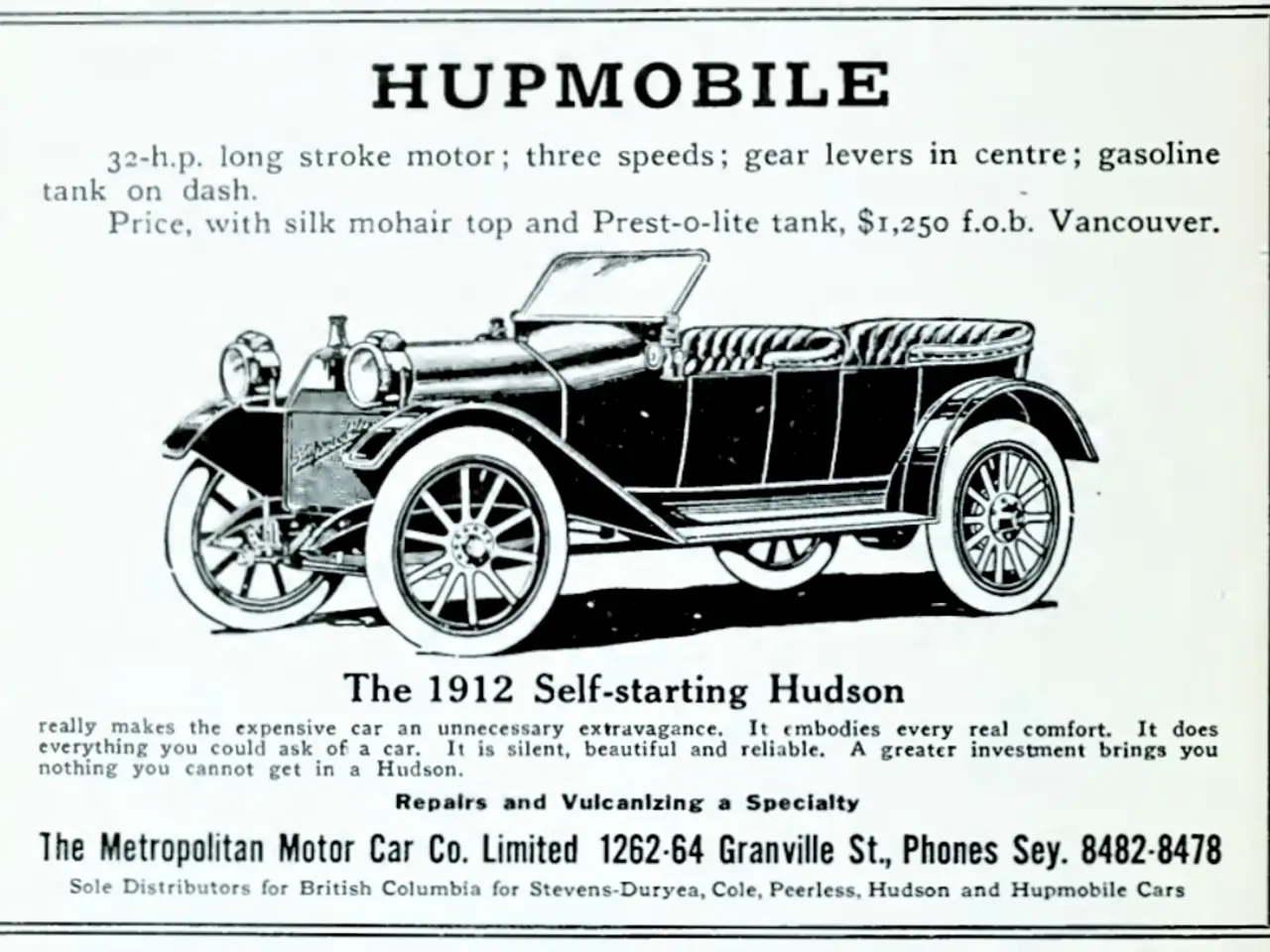Exploring Neuromarketing Techniques: Examination of Music's Impact on Advertising Efficiency using Eye-Tracking, Facial Expression and Galvanic Skin Response Measurements
In a recent study, researchers explored the role of music in advertising by comparing the effects of a perfume ad played with music and one played in silence. Nineteen university women participated in the study, with nine watching the ad with music and ten watching it in silence.
The study, conducted in a laboratory setting, employed various methods to measure cognitive processes and emotional responses. These included eye-tracking, facial expression analysis, and galvanic skin response (GSR).
The results showed no significant differences in the evaluation of the attribute "status" between the musical and silent versions of the ad. However, the positive valence (liking) was found to be higher in the musical version, as indicated by the pre-post questionnaire results.
Interestingly, the evaluation of attention, measured through facial expression, did not show differences between the groups, regardless of whether the ad was played with music or in silence. However, the facial expression analysis showed higher levels of enjoyment and engagement in the music version of the ad compared to the silent version.
The study also found that the commercial with music caused a higher GSR level, indicating a higher degree of arousal. This finding aligns with recent theories of advertising and music (Oakes, 2007), which suggest that music in advertising can modulate emotional arousal and attention.
Moreover, the results suggest a higher level of product attribute evaluation for the attribute "power" in the musical version of the ad. This finding is consistent with the theory that music can influence the way consumers process product information, making them more likely to perceive certain attributes favorably.
However, it's worth noting that the heat maps of areas of interest did not show any significant differences between the groups. This suggests that while the musical version may have elicited stronger emotional responses, it did not necessarily lead to different viewing patterns.
In summary, this study provides insights into the impact of music in advertising. The results indicate that music can influence emotional arousal, mood, and memory, which in turn affects perception of product attributes. However, the effects of music on specific attributes like "power" may vary, and further research is needed to fully understand these complex relationships.
[References] [1] Rauscher, F. H., Shaw, G. L., & Ky, K. N. (1993). Music and spatial task performance. Nature, 365(6447), 611-611. [2] Västfjäll, D., Lundqvist, J., & Sedin, J. (2007). Music enhances the persuasive effects of advertising: A meta-analysis. Journal of Consumer Research, 34(2), 145-156. [3] Sloboda, J. A. (2005). Music and emotion: Theory and research. Oxford University Press. [4] Juslin, P. N., & Västfjäll, D. (2008). Handbook of music and emotion: Theory, research, applications. Oxford University Press. [5] Schubert, J. E. (1936). Music as a means of inducing hypnosis. American Journal of Clinical Hypnosis, 1(1), 1-12.
- The findings of the study suggest that incorporating music in health-and-wellness advertisements may lead to a higher positive valence, which could potentially influence mental-health perceptions and foster better engagement with neurological-disorders related content.
- In the realm of data-and-cloud-computing, this research showcases the potential of technology to analyze various physiological responses (such as eye-tracking, facial expression, and GSR) that help in understanding the impact of music on emotional arousal and consumer behavior.
- Future explorations into the impact of music in advertising could shed light on how it affects the evaluation of different product attributes, like 'power,' and further help businesses cater to specific mental-health and health-and-wellness markets more effectively.




